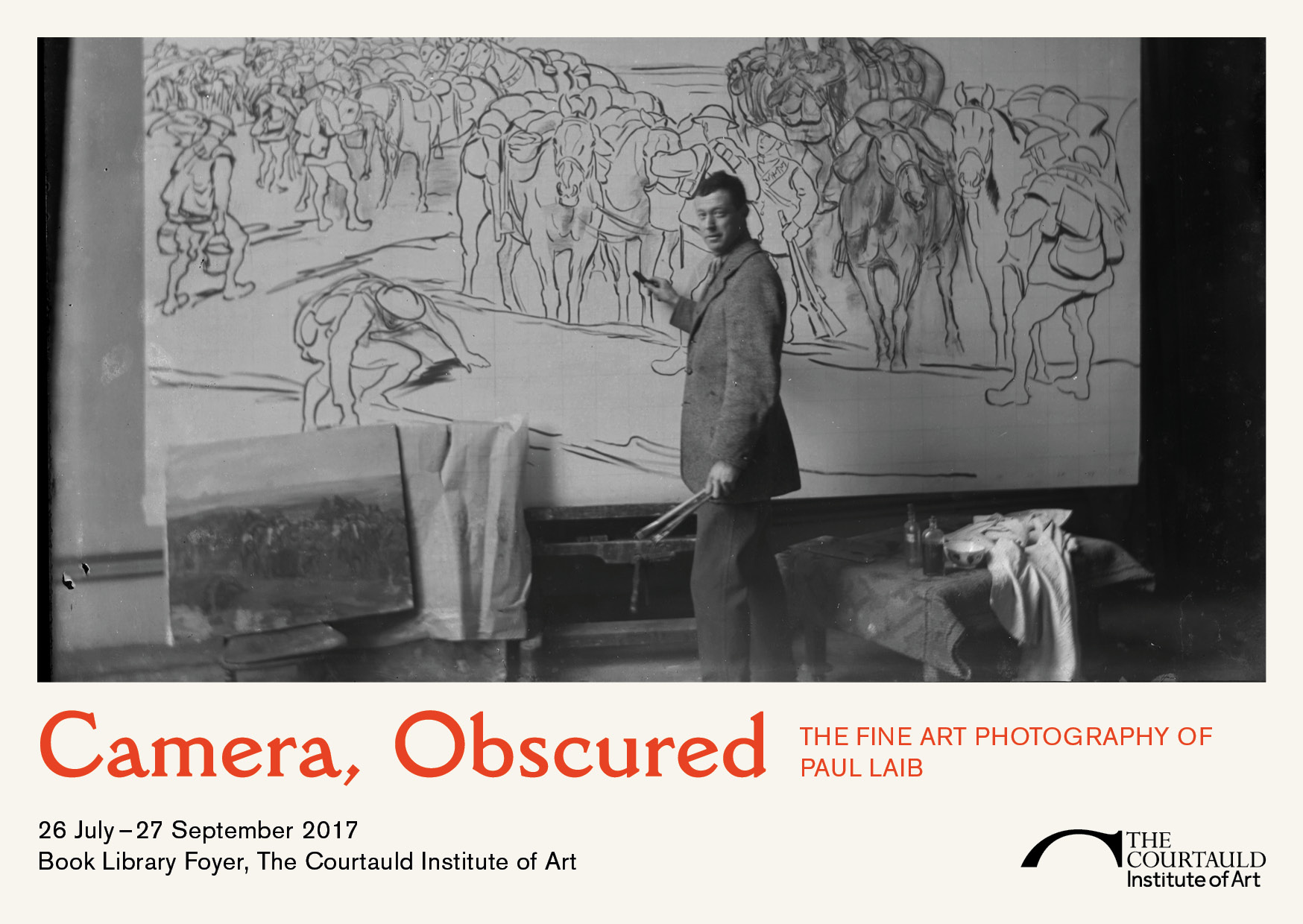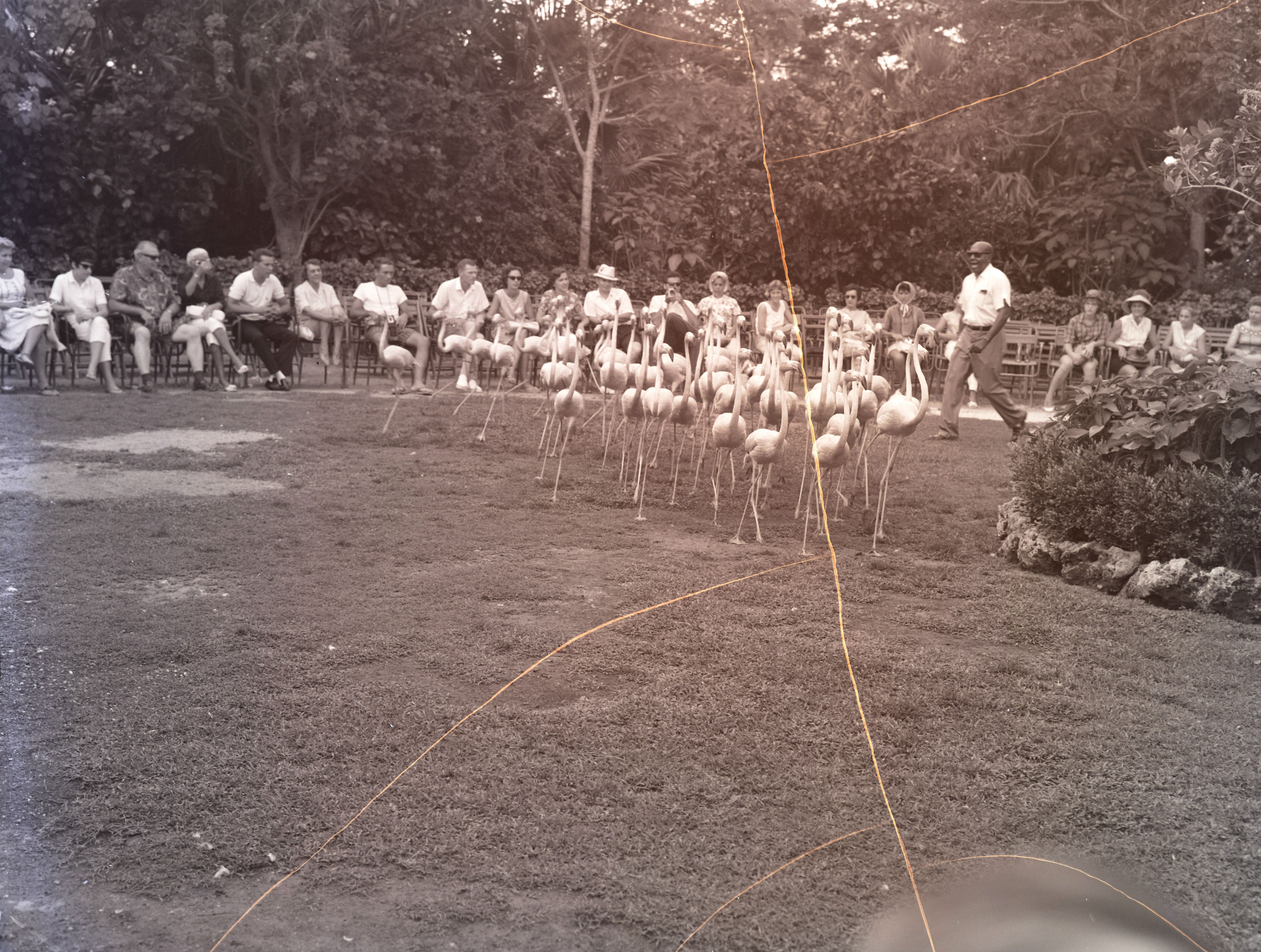Audio Version
Read by Celia Cockburn
Text Version
As part of our digitisation pilot, we organised 6 brainstorming sessions to develop new ideas and harness the creativity of unselected members of the public.
In the Collecting Stories session, we brainstormed the idea that putting the Courtauld Libraries’ images online could spark conversations not only to do with the academic appreciation of fine art and architecture, but also with personal history, community engagement, social development, and storytelling. We wanted to come up with ideas for the website’s structure, including options to collect stories and interpretation.
One of the exercises we set up to get the conversation started saw our participants roaming the Conway Library looking for one image that was personally relevant to them and writing a story to go with it. Images and stories were then passed on for someone else to write a reply and present them to the group.
We wanted to discuss what it’s like to approach an image collection with the intent to tell a personal story, whether reading someone else’s story about an image enriches it, and how it feels to have a stranger describe something personal like the photo of one’s hometown or special place.
The exercise really got our group talking and the resulting suggestions and ideas will shape the way our project will be delivered. As for the images selected and the stories generated, they were beautiful and nostalgic so some of our volunteers typed them up and wrote further responses. Here are a few.
“Broadgate – close to Liverpool Street
Swiss bank – public space – Richard Serra
Demolished – redevelopment – bars, cafes etc.
1980s corporate architecture – 20th century society
Historic England
Memory – affection” Jan Peters
“Hidden behind Liverpool Street station is Broadgate. In amongst the monstrous redevelopment of this area weaves the Broadgate art trail, the most impressive art collection by acclaimed British and international artists. Accessible to all and out in the open-air my memories are of numerous school trips with teenagers interacting with fantastic sculptures, as opposed to the untouchable work in galleries and museums. We never noticed the rather sterile architecture (the students’ opinion) but marveled at the Fulcrum by Richard Serra, laughed at the Leaping Hare on Crescent and Bell by Barry Flanagan and sat drawing the Rush Hour by George Segal. It still holds its fascination today.” Lorraine Stoker


Isfahan (Persia) Shah Sultan Hussain’s Madrassa
“A painting or a ‘colourised’ photograph of the entrance to the Shah Sultan Hassain Madrassa in Isfahan, Iran. The coolness on the small pond, blue of the characteristics turquoise vaulting. Men in various uniforms stood by the doorway. A mix of clothing and styles – a young boy with cumberbund and blue shirt. Men in heavy overcoats.
Love insights into the clothing of people in the picture.” Pragya Dhitel
“As I worked my way through this box it was fascinating to look at a bygone era of a foreign country not known to me. The image to compliment this image, for me, would be CON_B02478_F005_003, a black and white image described as “looking glass niche”, which I presume would be on the vaulting of the roof.” Arun Mahajan

“The Image is the view out of a classroom window in Amsterdam. It is a city where everyone lives, learns or works very close to one another. Everyone can see into everywhere else, seeing people live their lives. It is both comforting & disconcerting.
I imagine being torn by what is happening outside and having to stay focused on what is inside.” Barbara Bouman
“This really helped me think about this image more deeply.
At first look, this seems cold, austere and unstimulating. A place where your mind might wonder. But then the shapes, thrown into contrast by the light, offer another perspective which is anything but dull. The light draws you inward and outward simultaneously. I suppose that’s what classrooms are supposed to do.” Stephen Lines

“I think a picture means a lot more if there are people in it. For this reason, I immediately decided to go straight to the Venice boxes. I found this picture inside the Santa Maria Gloriosa dei Frari box. It depicts a lady in a white casual dress and probably dates back to the seventies. The face of the lady is not visible but her hair reminds me of my grandmother from a photo that I have seen at her home.
It means a lot to me, even if it’s not her. Imagination is better sometimes.” Giulia Antonioli
“Interesting. Feeling a connection with people, but not people whose faces or expressions we can see. It’s not a picture that appealed to me, initially, but now I sort of get it. The story brings me more into the picture.” Lucy Sharp

A pair of paper bags with large and small buckets (paper, galvanised steel and vinyl) by Richard Wentworth. 1982.
“Materials – tactile paper, the ephemeral throw away, everyday object. Manufacturing steel, paper “the sound of crushing paper around a steel hard bucket.” “Opposites.” The fact the bucket has no water in it. Water and paper do not mix. Thinking of conservation. Archives – conservation. Situated on concrete near Haywood Gallery – Modernist building. Wentworth went to Hornsey Art College the year I was born.” Veronica Bailey
“I love that you have added sound to the image.” Barbara Bouman

Miss Cranston’s tea rooms Louise Campbell
“Finding this collection of photos brings back lots of good memories and a fuzzy warm nostalgia.
I grew up in Glasgow, I really enjoyed getting to visit the tea rooms if I was good. They were always the first choice of place to lunch; even as a child. I love the Mackintosh decor even though in the 80s and 90s it was dated and not very cool. I even enjoyed lunched there with my mum, and the staff fussing over me and happily making me (something) complicated off the new orders.
Looking back at the photos, they stand up and I now still love the Art Nouveau period and would happily decorate my whole house as Art Nouveau as it brings back such happy memories.”
“Childhood memories triggered by architecture interiors of the Art Nouveau period/Mackintosh. An interest in interior design now. How the past influences future space.” Veronica Bailey
“Looking back at the photographs and reading the others’ description you can imagine the noise and sounds of the Mackintosh tearooms. The hustle and bustle of people’s voices, sounds of children sitting patiently waiting with parents, the smell of cakes and brewed tea.
The architecture is amazing to look at, especially the Art Nouveau period. I particularly like the design of the fireplace and black and white chequered tiled floor.” Saffron Saidi




































